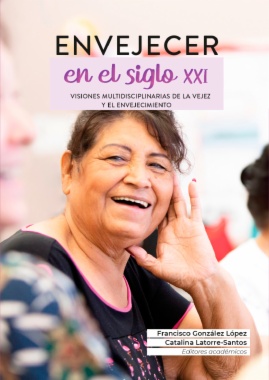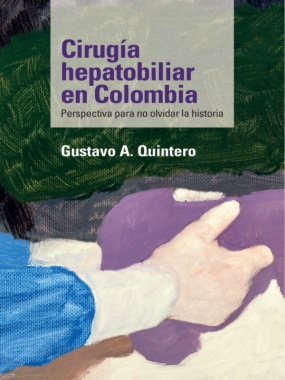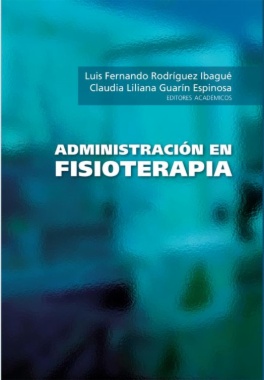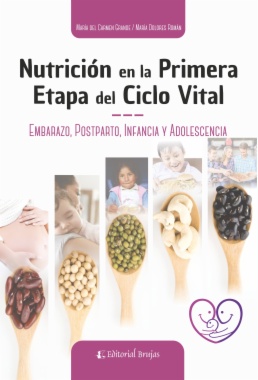Estás filtrando por
Se encontraron 731 resultados en recursos
Compartir este contenido
Inter-individual variability of Lifetime Stress exposure on the oncological characteristics of TNBC patients: Do coping styles moderate the relationship? Role of SNS, HPA axis, and Cortical structures
Copia el enlace o compártelo en redes sociales
The effect of environmental variable selection in the prediction of Seasonal Influenza cases using machine learning
Compartir este contenido
The effect of environmental variable selection in the prediction of Seasonal Influenza cases using machine learning
Copia el enlace o compártelo en redes sociales

Envejecer en el siglo XXI
Compartir este contenido
Envejecer en el siglo XXI
Copia el enlace o compártelo en redes sociales

Cirugía hepatobiliar en Colombia
Compartir este contenido
Cirugía hepatobiliar en Colombia
Copia el enlace o compártelo en redes sociales

Administración en fisioterapia
Compartir este contenido
Administración en fisioterapia
Copia el enlace o compártelo en redes sociales

Ejercer la medicina: enfoque práctico
Compartir este contenido
Ejercer la medicina: enfoque práctico
Copia el enlace o compártelo en redes sociales

Nutrición en la primera etapa del ciclo vital
Compartir este contenido
Nutrición en la primera etapa del ciclo vital
Copia el enlace o compártelo en redes sociales

El renacer de una ilusión
Compartir este contenido
El renacer de una ilusión
Copia el enlace o compártelo en redes sociales

Aproximaciones a la medicina tradicional china
Compartir este contenido
Aproximaciones a la medicina tradicional china
Copia el enlace o compártelo en redes sociales

Cómo cuidar el suelo pélvico
Compartir este contenido
Cómo cuidar el suelo pélvico
Copia el enlace o compártelo en redes sociales
Selecciona las Colecciones en las que vas a añadir el contenido
Para consultar los contenidos añadidos busca la opción Tus colecciones en el menú principal o en Mi perfil.
